This is Septoria leaf spot. The wet weather we have had this spring has contributed to it’s rise in gardens this year. First, remove all the affected leaves and place in the trash not the compost pile. Next year rotate your tomatoes because the fungus will over winter in the garden for a season and would affect next years crop. This is specific to tomatoes not cucumber or the like. Good air circulation is very important when planting. Sterilize all your garden equipment that comes in contact with the tomatoes so it doesn’t spread. Mulch your tomatoes if you haven’t already. It keeps the spores from splashing on the ground and spreading the disease. If the above measures do not control the disease, you may want to use fungicidal sprays. Fungicides will not cure infected leaves, but they will protect new leaves from becoming infected. Apply at 7 to 10 day intervals throughout the season. Apply chlorothalonil, maneb, macozeb, or a copper-based fungicide, such as Bordeaux mixture, copper hydroxide, copper sulfate, or copper oxychloride sulfate. Follow harvest restrictions listed on the pesticide label. You can also use Serenade, an organic fungicide that I personally use. When spraying the plants, make sure you spray the undersides of the leaf as well. Since you are in Morningside (there is a geo locator that comes with your request so it goes to right area advisors and I have friends there) I’m going to assume that your garden is probably in close proximity to your neighbors gardens as well so they may want to keep an eye on their garden as well.
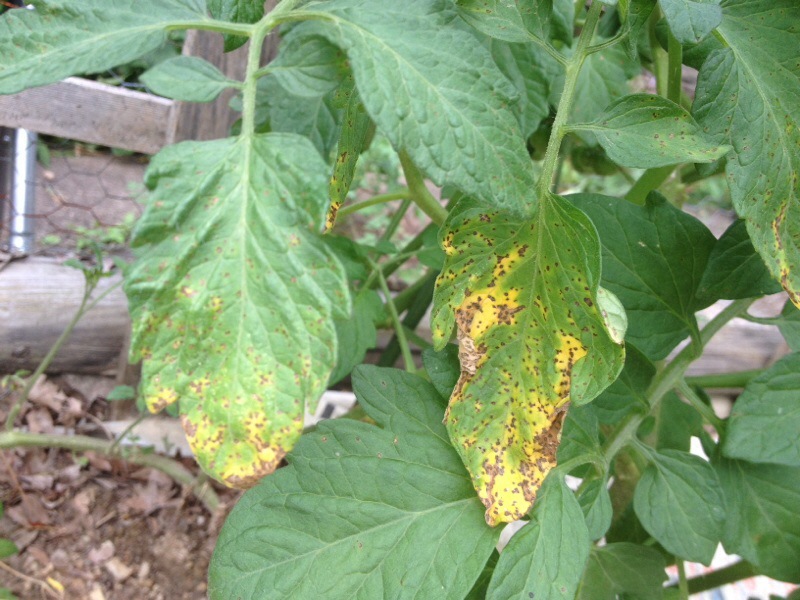
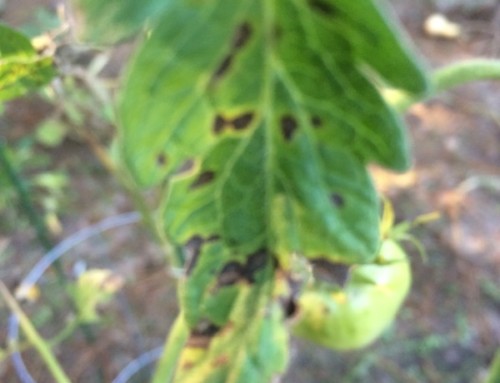
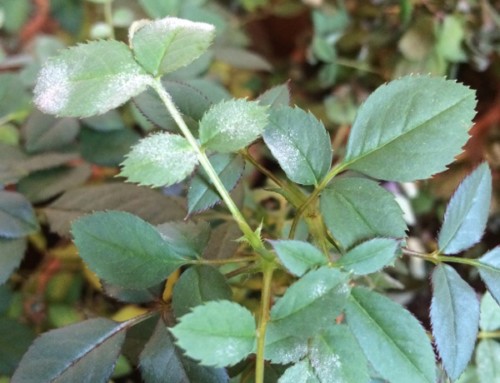
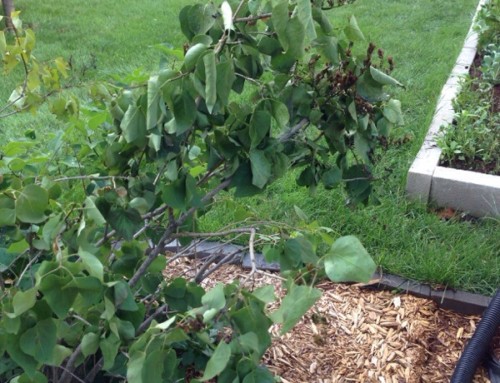
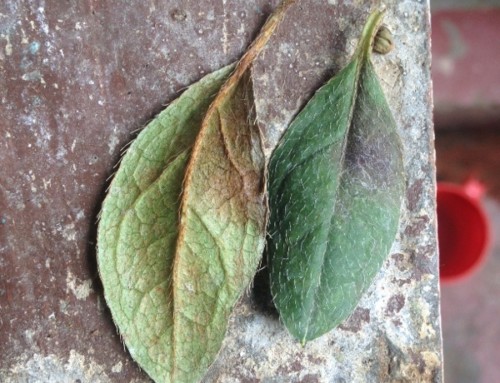
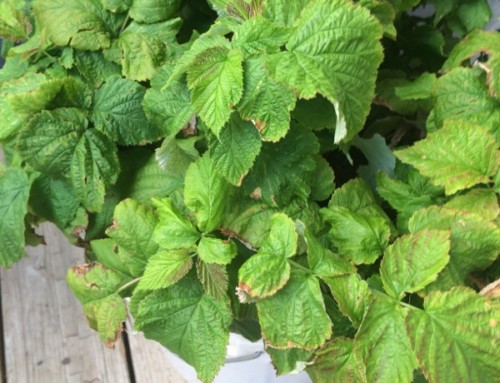
Leave A Comment